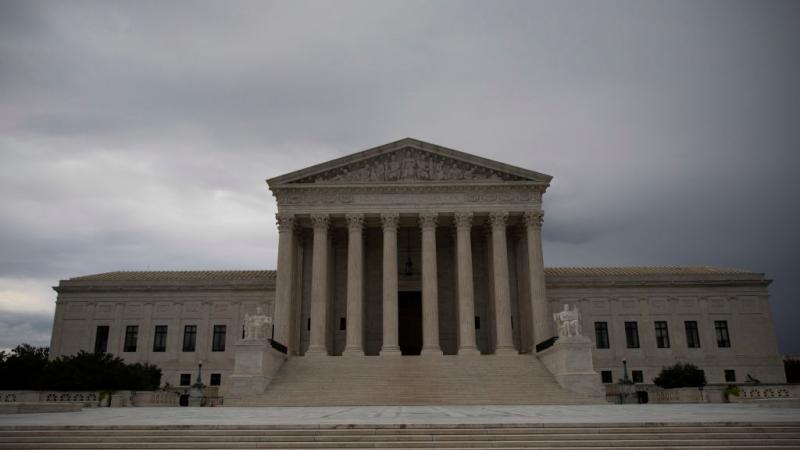Surprising January jobs numbers may be lagging indicator propped up by delayed layoffs
"The number is not really the number of jobs created, but how many fewer workers were let go," Jefferies money market economist Tom Simons told CNBC.
While the January jobs report far exceeded market expectations, some analysts have suggested that the higher figure may be a lagging indicator that doesn't capture pending mass layoffs and subsequent jobs reports are likely to reflect more modest growth.
The U.S. economy added 517,000 non-farm jobs in the first month of 2023, with tangible gains in several industries and the return of education workers to the workforce at the end of a strike accounting for many of the gains.
The consensus forecast, according to Dow Jones, had predicted a net gain of roughly 187,000 jobs. Some economists had expected the figure to be much higher, however, noting that while numerous large-scale employers had announced substantial layoffs, many of those firms were moving slowly to implement the job cuts and many of the expected staff reductions might not be captured in the January numbers.
File
Goldman Sachs economists, for instance, had expected jobs to increase by around 300,000, according to CNBC. That forecast attempted to account for delayed job cuts from major companies but still came in shy of the final figures.
Alphabet Inc., the parent company of Google, announced on Jan. 20 that it would cut 12,000 jobs worldwide, roughly 6% of its global workforce. Earlier in the month, reports emerged that continuing cuts at Amazon would lead to total reductions of roughly 17,000 employees. Music streaming service Spotify, meanwhile, announced a 6% reduction in its workforce.
While tech companies were not the only firms to announce major jobs cuts in January, they do represent some of the larger employers implementing reductions.
Jefferies money market economist Tom Simons told CNBC before the numbers were released that "[t]he number is not really the number of jobs created, but how many fewer workers were let go." Simons had expected 260,000 jobs, roughly half the final figure.
"Given what we've seen in a number of data releases over the month and in the last couple of weeks," he added, "businesses are doing their best to hold on to as many jobs as they can ... I think they're really looking to shed workers through attrition — people quitting, people retiring."
The overall jobs gains stemmed from boosts to multiple industries. Leisure and hospitality gained 128,000 positions in January, far and away the leading driver of the total figure. Average monthly growth in that sector in 2022 stood at 89,000.
Government employment rose by 74,000 positions, though 35,000 of those came from the end of a university worker strike.
A further 58,000 positions came from the health care industry, while retail jobs rose by 30,000.
Unemployment came in at 3.4%, defying market expectations of a modest rise to 3.6%. The stock market reacted poorly to the news, as stable unemployment and a resilient labor market are likely to signal to the Federal Reserve that it still has considerable leeway to raise interest rates further as it seeks to quell inflation.
Earlier this week, the Fed raised the rate by 25 basis points, the latest in a string of hikes as Chairman Jerome Powell continues to aim for a target inflation rate of 2%.
Former Trump economic adviser Steve Moore, speaking Friday on the "Just the News, No Noise" television show, warned that the significant layoffs in Big Tech may present complications for the economy in the near future.
"I am worried about all those layoffs," he told guest host former Georgia GOP Rep. Doug Collins. "That's very concerning, 100,000 job layoffs, by just, you know, five or six major companies, with probably more to come. So that's worrisome."
Moore nonetheless, did acknowledge that the labor market appeared strong. "I think these numbers are believable," he said. "I think that right now we've got a very solid jobs market."
Other economists have cast some doubt on the figures, suggesting that seasonal aberrations and market conditions may have resulted in a deceptively high number.
RSM US Chief Economist Joe Brusuelas wrote in a client note that "[t]he blowout 517,000 increase in total employment was almost certainly a function of seasonal noise and traditional churn in early year job and wage environment and exaggerates what is already a robust trend in hiring," according to Politico.
Pantheon Macroeconomics Chief U.S. Economist Ian Shepherdson echoed such sentiments, indicating, per the outlet, that February numbers would revert to normal levels.
"My guess is February will be back down around 200,000 because the trend is still slower," he said.
















